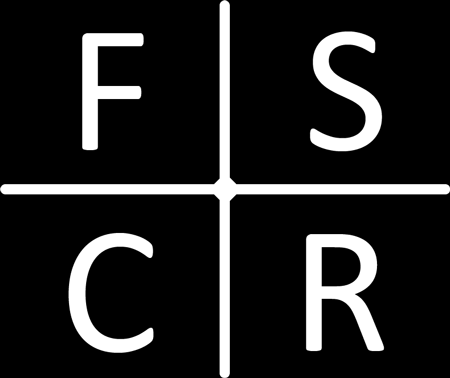This is not typically one of my favourite exercises due to a lack of biomechanical specificity. What that means is, the way the hamstrings function in most football actions in football, sprinting in particular, is very different to the way the hamstrings are stimulated whilst performing the Seated Hamstring Curl. For example, during sprinting the hamstrings function over two joints (hip and knee) and most of the force comes predominately from the muscles around the hip. As can be seen the Seated Hamstring Curl only trains the Hamstrings across the knee and the hip joint is completely inactive. Therefore, the firing patterns and areas of muscle recruitment have very little if any similarity to sprinting. This will induce very little transfer to sprinting from a performance point of view.
What I do like about the Seated Hamstring Curl is that it can be used effectively in the early stages of Hamstring rehabilitation. It is common to obtain a hamstring injury at the distal musculotendon junction (the lower part of the hamstring close to the knee where the muscle and tendon join). The Seated Hamstring Curl is beneficial in this case as it can target that area really well and due to the seated position this reduces the amount of strain on the hamstrings reducing the risk of injury during this vital part of recovery.
What I also like is that you can bias what Hamstring you are working with simple alterations in foot position. There are technically four hamstring muscles, two medial (semimembranosus and semitendinosus) and two lateral (biceps femoris long head and short head). So, depending on the muscle that is injured, I can alter this exercise to place greater stimulation on either the medial or lateral hamstring.
Below you can see all the different variations and the muscles each variation will bias.
Seated Hamstring Curl with External Rotation: This variation will bias the lateral Hamstrings, make sure your heels stay together and you rotate your feet outwards as much as possible.
Seated Hamstring Curl with Internal Rotation: This variation will bias the medial Hamstrings, make sure your toes stay together and you rotate your feet inwards as much as possible.
Seated Hamstring Curl with Feet Neutral: This variation does not bias the medial or lateral Hamstrings but aims to hit both equally. Make sure your toes stay neutral and dorsi-flexed (pointed up).
Seated Hamstring Curl with Plantar & Dorsi-Flexion: This variation will bias the recruitment of the Hamstrings and Gastrocnemius (Calf) during the concentric contraction (way down) and bias the recruitment of the Hamstrings and not the Gastrocnemius during the eccentric contraction (way up). Make sure there is distinct difference between plantar and dorsi-flexion.
